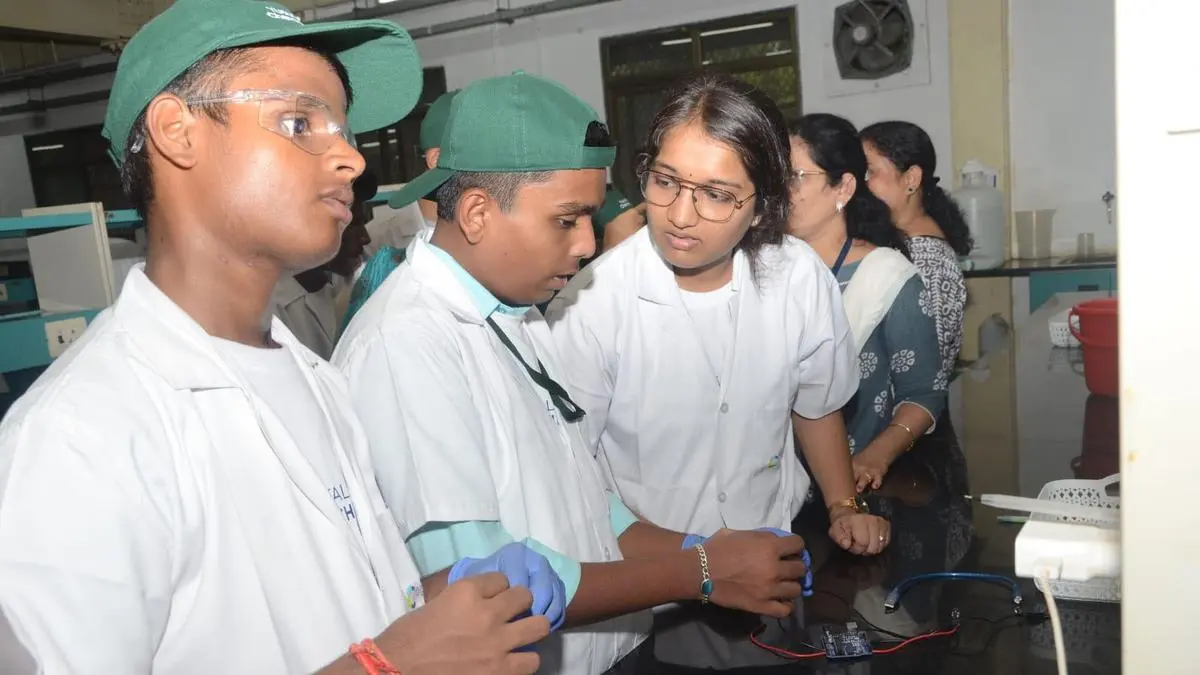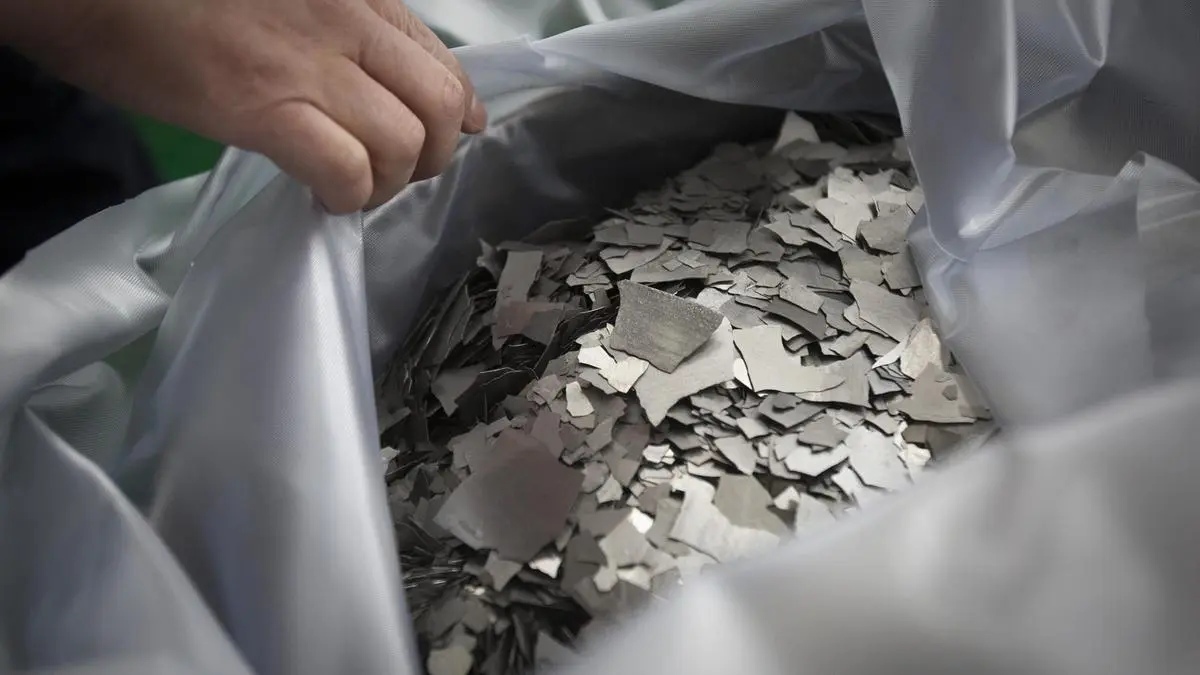
How machines are learning to recommend the right crop season
Agricultural productivity in India is lower than in some other countries. Wheat yield, for instance, is roughly 2.7 tonnes a hectare in India, compared with 6 tonnes in China.
Technological aids such as drones and sensors are helping step up agricultural output, but artificial intelligence (machine learning) can prove to be an even bigger game changer, especially in determining which crops to grow next for improved yields and profits.
‘ML-based crop recommendation systems’ is the next big thing in agriculture today. With over 145 million small farms in India, most under 1.1 hectares, farmers need clear, data-based guidance to choose the right crops for better income and resilience against climate change.
In this, two independent researches have concluded that the ‘random forest’ ML model has the highest prediction accuracy. The ‘random forest’ model combines multiple ‘decision trees’ — ML algorithms that use tree-like structures to make predictions.
The first study is by scientists Steven Sam and Silima Marshal D’Abreo of the Brunel University, London. They examined 12,389 data points of 19 crops in 15 Indian States during 2011-14.
“We combined environmental and economic input parameters to develop and evaluate the accuracy of two machine-learning models (‘random forest’ and ‘support vector machines’) for recommending high-yield and profitable crops to farmers,” the authors say in a yet-to-be-peer-reviewed paper.
They concluded that ‘random forest based on lag variables’ (past values of a data point used to predict the future) is the most accurate.
Diverse conditions
The researchers tested two computer-based models to see how well they could suggest the right crops. One method showed high accuracy but wasn’t realistic because it didn’t consider how crop conditions change over time.
To balance accuracy with real-world usefulness, the researchers introduced ‘lag variables’, which improved the model’s performance. In the end, the model using the random forest method with the time-aware approach worked best for crop recommendations in India.
The study highlights that an examination of both market and environmental factors produces better advice for farmers. It also suggests that future improvements should include more data like market demand, prices and returns, to make the recommendations even more suited to India’s diverse farming conditions.
Another research paper, titled ‘Crop recommendation system using machine learning’, by researchers at the Prakasam Engineering College in Kandukur, Andhra Pradesh, has also concluded that the random forest model is the best, with accuracy of 99.3 per cent.
“The system successfully recommends optimal crops across 22 different crop categories, contributing to improved agricultural productivity and sustainable farming practices,” say the authors of the paper, Dr M Lakshma Rao and his student Soprala Naveena.
“The crop recommendation system represents a successful integration of machine learning technology with agricultural science, creating a tool that bridges the gap between sophisticated analytical capabilities and practical agricultural applications,” they say, adding that the system “serves as a proof of concept for the broader potential of artificial intelligence and machine learning to support sustainable, productive and equitable agricultural systems”.
More Like This
Published on June 29, 2025




